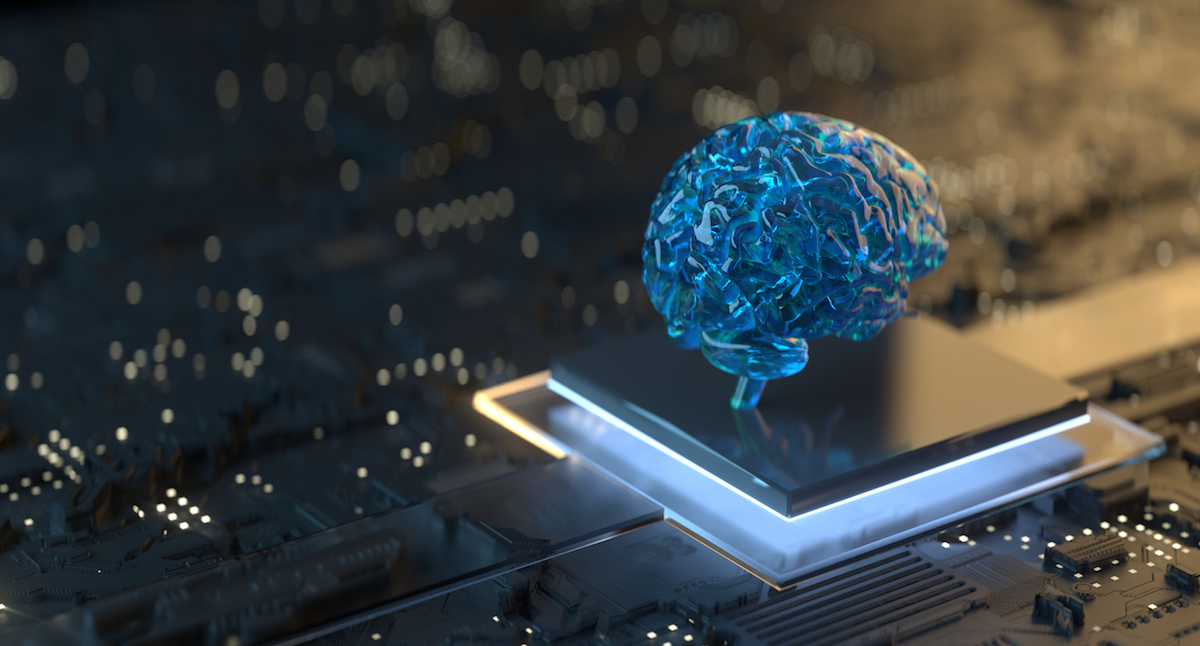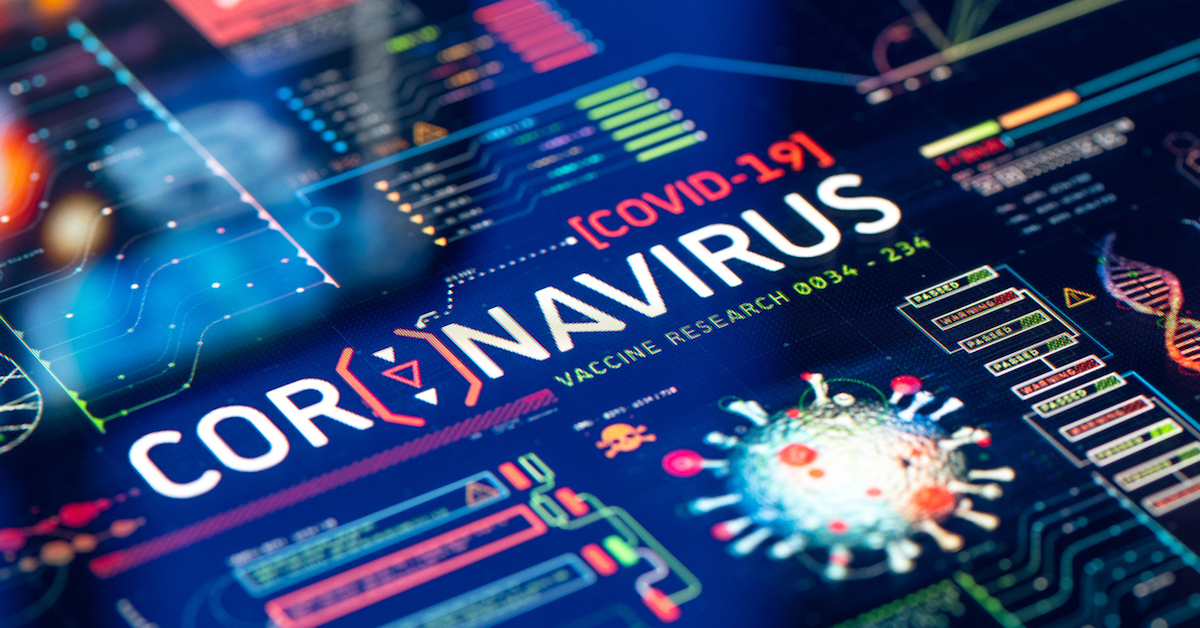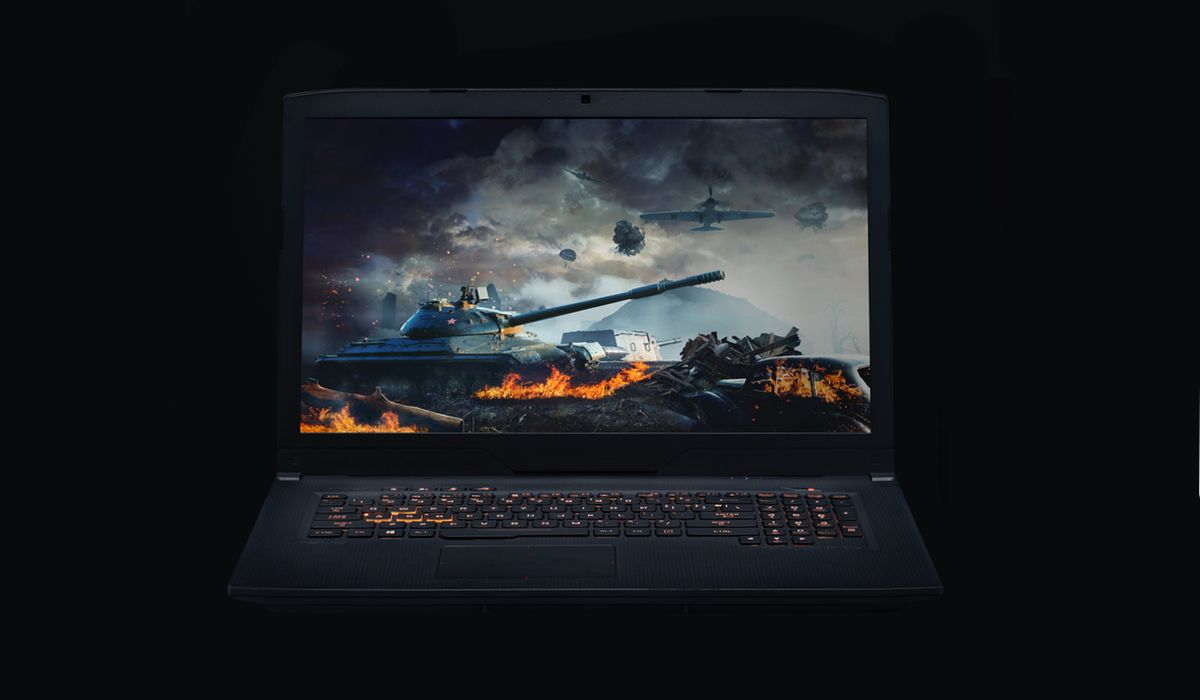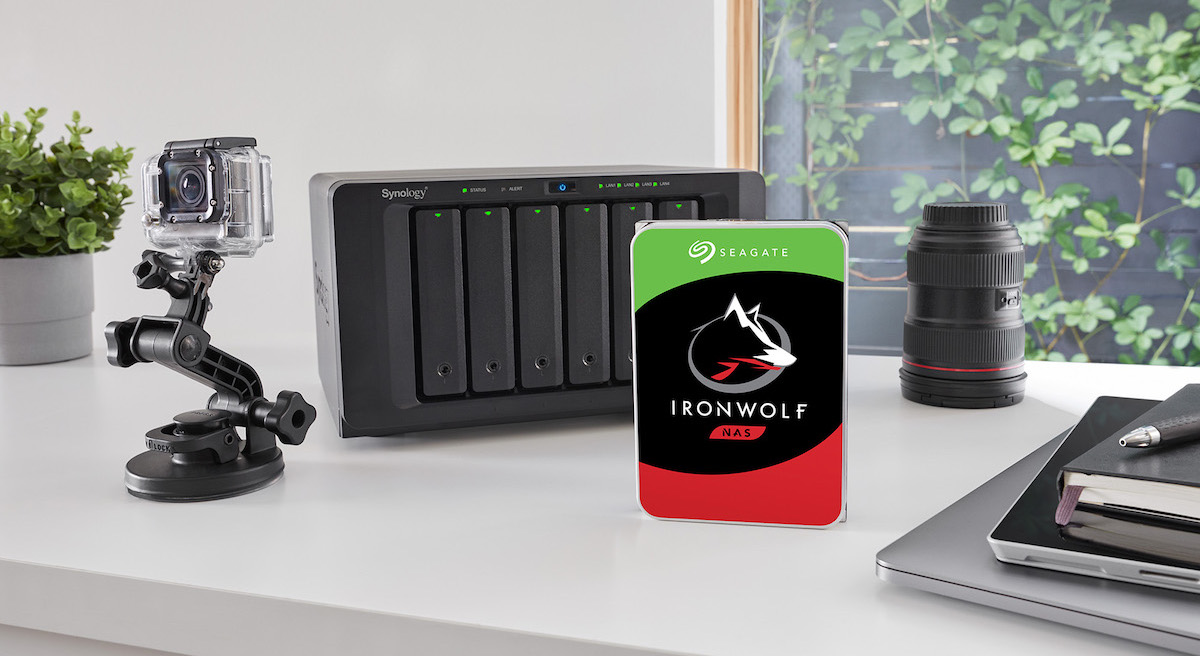Video is a staple component in today’s school security system. According to Campus Safety’s 2018 Video Surveillance Survey results, 44 percent of K-12 schools and 53 percent of higher education campuses use their video solutions to monitor campus during events where precarious situations could arise; common examples included during storms, athletic events, concerts and protests. The report also stated that 59 percent of K-12 schools and 53 percent of higher education campuses rely on their security cameras to provide evidence for crime investigations.
With the emergence of artificial intelligence and its ability to enable deeper analytics, video systems are able to provide many additional benefits outside of their traditional uses.
For key highlights on the new capabilities, take a look at our Infographic below, Amplifying Campus Security.
Video plus AI provide insights from heat mapping, motion detection, behavior analytics
Today, school administrations are just beginning to scratch the surface of their video systems’ capabilities beyond security monitoring. When integrated with video analytics, schools can use their security cameras for proactive crime prevention and smarter operational planning. The data that video solutions yield is invaluable and can substantially improve public safety and the overall campus experience for staff and students.
From a perimeter security perspective, cameras with analytics, such as facial, object and motion detection, act as a force multiplier for threat detection. For example, individuals who are not permitted to enter campus, such as known sex offenders or wanted persons, can be identified just by walking into view of a camera, in which case a security guard would be immediately notified. Security directors can track suspicious bags or backpacks, dispatching an officer to the scene for further investigation. Remote operators can receive an alert of trespassers in an unauthorized area and issue a verbal warning to dissuade illegal activity. The result is a reduction in risky behavior, and the potential for crime prevention.
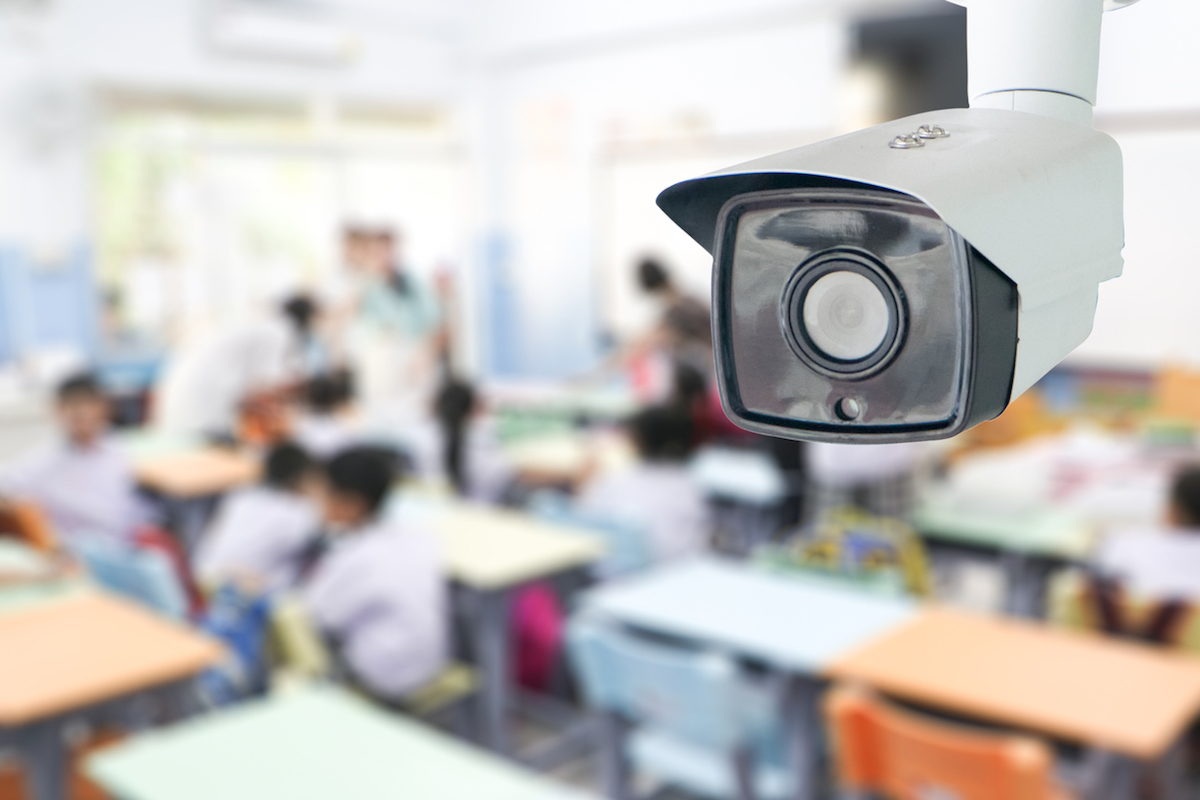 In the same way, cameras enabled with heat mapping, traffic and crowd measurement, and visible-behavior analytics can improve campus operations. School resource officers, for instance, can determine the most congested areas on campus and the general flow of traffic. Using this data, they can provide more effective exit plans and security procedures. The facility director of a college football stadium can report the number of people who passed through the gates at the previous game so food vendors and security companies can adjust their staffing levels accordingly. Teachers can get a useful understanding of student engagement through the intelligent analytics indicating classroom activity and mood during different teacher-led or student-led lessons and projects.
In the same way, cameras enabled with heat mapping, traffic and crowd measurement, and visible-behavior analytics can improve campus operations. School resource officers, for instance, can determine the most congested areas on campus and the general flow of traffic. Using this data, they can provide more effective exit plans and security procedures. The facility director of a college football stadium can report the number of people who passed through the gates at the previous game so food vendors and security companies can adjust their staffing levels accordingly. Teachers can get a useful understanding of student engagement through the intelligent analytics indicating classroom activity and mood during different teacher-led or student-led lessons and projects.
Improved security, facility management, and educational functions
Greater data from security cameras can certainly lead to higher impact across security, facility management and educational functions as the technologies enabling these insights continue to advance. Video storage solutions play a key role, as they are responsible for the processing, management, preservation and protection of the data. Whether you manage a small primary school that deploys a dozen cameras or a university with over 2,000, you must carefully consider your recording and storage needs, as well as the architecture that will support them. By equipping your DVR/ NVR or server with the right storage device, you’ll better ensure that video or metadata won’t be lost or compromised, which would inhibit your data archival, analysis and reporting capabilities. Twenty-five percent of campuses say video downtime or data loss has a big impact on their organization, according to Campus Safety’s 2019 Video Surveillance Report.
For schools, the most effective storage solutions are specialized hard drives that are optimized for surveillance applications and 24/7 workloads, like Seagate’s SkyHawk drive family. Supporting 64 HD cameras, storing up to 10,000 hours of video, and featuring ImagePerfect firmware to minimize dropped frames, SkyHawk and SkyHawk AI are superior options. Both drives also benefit from embedded SkyHawk Health Management software to identify anomalies, enable intervention, reduce the risk of data loss, and increase peace of mind. For education institutions implementing numerous cameras with video analytics, SkyHawk AI provides enhanced functionality with its 32 AI streams optimized for edge computing.
Seagate’s Exos enterprise drive is an optimal option for schools looking to centralize video and AI in backend environments. Designed to accommodate demanding mixed workloads in datacenters, Exos drives can store video and metadata from thousands of cameras. They are also Federal Information Processing Standards (FIPS) and Trade Agreement Act (TAA) compliant, delivering a heightened level of data protection.
Smart security cameras fueled by powerful storage solutions provide a tangible return on investment for school administrations and represent some of the most cutting-edge video technologies gaining traction in the education sector.
Our Infographic below, Amplifying Campus Security, details some of the key advantages of video analytics for campuses — feel free to download and share with your colleagues.





